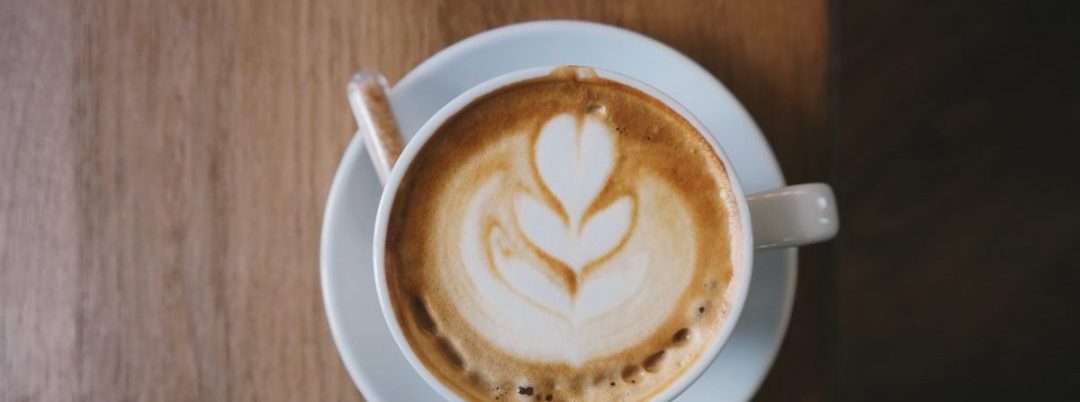
Are you used to picking up a large, steaming cup of coffee every morning prior to getting to the office? Do you continue to drink coffee as you pore over paperwork and attend meetings throughout the day? Do your children seem to go through soda and other caffeinated drinks like there’s no tomorrow? You may have joined the many Americans who consume so much caffeine every day that they now have withdrawal when they suddenly stop their intake of it. In fact, an astounding 90 percent of adults and nearly the same percent of youngsters in the nation indulge in what amounts to seven drinks of caffeine daily (Ozsungur, Brenn & El-Sohemy, 2009). Withdrawal from it has become common.
The habitual caffeine consumption has consequences–tolerance, and people up their intake to get the effects it brings. Chronic caffeine causes dependency on it, and many people continue to drink the same amount or increase their intake to prevent the signs of stopping the use of caffeine. A lot of individuals “need” a mug of caffeine as soon as they wake up in the morning, and it just becomes part of their everyday routines. They say they want to get that boost caffeine gives you—to be more alert and have more energy.
Another part of the difficulty with ceasing the use of caffeine is that it has become very popular as a social function. Most social gatherings include drinks that are caffeinated, especially coffee.
According to the DSM-5*, caffeine withdrawal is like any withdrawal syndrome. Caffeine withdrawal happens when you suddenly cut out caffeine altogether.
The Diagnostic and Statistical Manual of Mental Disorders, 5th Edition is published by the American Psychiatric Association.
Signs of Stopping Caffeine Use
The DSM-5 says the most complained about symptom of caffeine withdrawal is a headache—it throbs and is sensitive to any movement. The headache continues and may last as long as 21 days. Other symptoms may last as long as nine days. Many of the symptoms start between 12 and 24 hours after caffeine is stopped. The following are other signs of stopping the use of caffeine.
- Mood changes, including depression and anxiety.
- Trouble concentrating.
- Fatigue.
- Nausea, vomiting and achiness—symptoms like the flu.
- Cravings for caffeine.
- Increase in appetite.
The symptoms above fade almost immediately if people begin their caffeine intake again.
What do Genetics Have to do With Caffeine?
Studies (https://www.ncbi.nlm.nih.gov/pubmed/20532872) have shown that there is a genetic connection to caffeine addiction. The inheritance rate of caffeine dependence is around 43 percent for moderate caffeine users and 77 percent for those with heavy intake. Genetics also predict the ways people react to cutting out caffeine.
Reasons to Reduce Caffeine Intake
Sometimes a doctor will advise an individual to cut down or half the use of caffeine use for particular health problems. Many people limit their amount of caffeine or cut it out altogether, because they prefer not to have a dependency.
Treatment of Caffeine Withdrawal
Since withdrawal from caffeine is relatively short, and the effects aren’t serious, there is usually no need for treatment. There are some ways that people can help to lessen the symptoms, though. The following are a few things you can do to relieve some of the symptoms you may find when reducing the amount of caffeine or withdrawing from it completely.
- Yoga is helpful for tiredness and muscle ache.
- It has been found that certain yoga positions can relieve the intensity of a headache, as well as tension.
- Breathing techniques.
When you want to quit your caffeine consumption, it’s wise to know how much caffeine you’re taking in a day. This is especially true when it comes to the symptoms of withdrawal, such as headaches that last for days in some people. It might help to cut down slowly to make the withdrawal symptoms less severe. The Academy of Nutrition and Dietetics suggest the following tips for cutting down on caffeine:
- Combine decaffeinated coffee with regular coffee.
- Drink a latte that has more of a percentage of low-fat milk than coffee in it.
- Let your tea brew for less time.
- Choose sodas and other drinks without caffeine.
Caffeine is in More Than Coffee and Soft Drinks
When you think of caffeine, your first thought is probably a cup of coffee or soda. But, did you realize that caffeine is found naturally in the leaves, seeds and fruits of more than 60 plants, as well as in processed foods and some medications? The following are some of the items that contain caffeine.
- Kola nuts
- Cocoa beans
- Chocolate
- Candies
- Ice cream
- Energy drinks
- Gum
- Pudding
- Frozen Yogurt
- Breakfast cereals
- Hot cocoa
- Pain relievers
- Diet pills
- Cold medicines
Let’s keep in touch! Sign up to receive our newsletter:
Start a Relationship with An Exceptional Counselor
- Skilled and caring professional counselors
- Accepting all major and most insurances
- High-touch customer service & premium benefits
- Same- or next-day appointments
- Ultra-flexible 23.5hr cancellations













